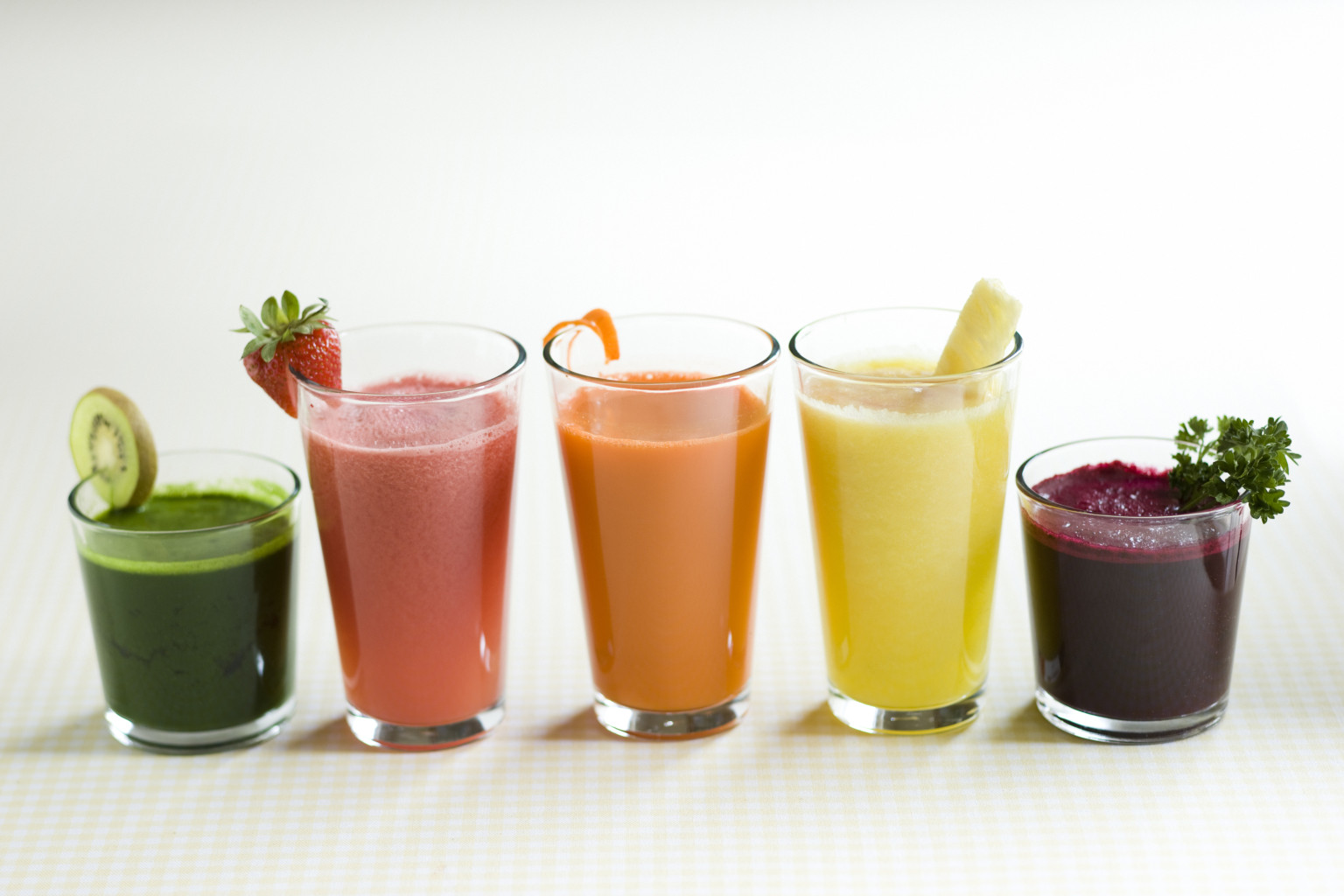Introduction:
A clear liquid diet is a temporary eating plan that includes only liquids and foods that are transparent and leave little to no residue in the digestive system. It is commonly prescribed for various medical conditions, such as preparing for a colonoscopy or managing diverticulitis. This comprehensive guide aims to provide an in-depth understanding of the clear liquid diet, its uses, benefits, and the types of foods and beverages allowed. It also offers tips and precautions to ensure a successful and safe experience.
Understanding the Clear Liquid Diet:
The clear liquid diet is designed to provide hydration and essential nutrients while resting the digestive system. It consists of liquids that are easy to digest and leave minimal residue in the intestines. This allows for proper visualization during medical procedures or aids in alleviating symptoms of certain conditions.
Reasons for Prescribing a Clear Liquid Diet:
- Colonoscopy Preparation: Before a colonoscopy, the bowel needs to be thoroughly cleansed. Following a clear liquid diet helps clear the digestive system, ensuring optimal visibility during the procedure.
- Diverticulitis Management: During a diverticulitis flare-up, a clear liquid diet can help alleviate symptoms by reducing strain on the digestive system and providing necessary nutrients.
- Pre and Post-Surgery: In some cases, a clear liquid diet is recommended before and after surgery to minimize the risk of complications and aid in the recovery process.
- Gastrointestinal Illness: When suffering from gastrointestinal illnesses, such as stomach flu or gastritis, a clear liquid diet can provide relief by soothing the digestive system and preventing further irritation.
Foods and Beverages Allowed on a Clear Liquid Diet:
The clear liquid diet primarily consists of transparent liquids that are easily digested. While it may seem restrictive, there are various options available to ensure nutritional balance and prevent dehydration. Here are some commonly allowed foods and beverages:
- Water (plain or flavored)
- Broth (chicken, beef, or vegetable)
- Clear fruit juices without pulp (apple, white grape, cranberry)
- Gelatin (without fruit or toppings)
- Popsicles (without fruit pulp or dairy)
- Clear tea or coffee (without cream or milk)
- Clear sports drinks
- Clear carbonated beverages (ginger ale, lemon-lime soda)
Foods and Beverages to Avoid:
To ensure the success of a clear liquid diet, it is crucial to avoid certain foods and beverages. These items may leave residue in the digestive system or interfere with medical procedures. Here are some foods and beverages to avoid:
- Dairy products (milk, yogurt, cream)
- Solid foods (meat, vegetables, fruits, bread, pasta)
- Nectars or juices with pulp (orange juice with pulp)
- Alcoholic beverages
- Beverages with artificial coloring (red or purple drinks)
- Carbonated beverages with red dye
Tips for a Successful Clear Liquid Diet:
- Stay Hydrated: Drink plenty of clear liquids throughout the day to maintain hydration and prevent dizziness or lightheadedness.
- Plan Ahead: Stock up on allowed clear liquids before starting the diet to avoid running out of options.
- Clear Nutritional Supplements: If a clear liquid diet is prolonged or if you have specific nutritional requirements, consult with a healthcare professional regarding clear liquid nutritional supplements.
- Stay Warm: Warm clear liquids, such as broth or tea, can be more soothing and satisfying.
- Clear Popsicle Alternatives: Prepare homemade popsicles using allowed clear liquids for variety and to satisfy cravings.
- Engage in Light Activity: Engaging in light activities can help distract from hunger and prevent boredom.
Precautions and Considerations:
While a clear liquid diet is generally safe for short-term use, there are certain precautions and considerations to keep in mind:
- Nutritional Deficiencies: A clear liquid diet is not nutritionally complete and should not be followed for an extended period. Ensure to resume a regular, well-balanced diet once the specific medical requirement is met.
- Consult with Healthcare Professional: If you have any underlying health conditions or concerns, consult with your healthcare professional before starting a clear liquid diet.
- Medication Adjustments: Check with your healthcare provider if any adjustments are necessary for taking medications during the clear liquid diet.
- Allergies and Intolerances: Be aware of any allergies or intolerances to the allowed clear liquids. Read labels carefully to avoid any adverse reactions.
- Follow Instructions: If the clear liquid diet is prescribed as part of a medical procedure, follow the instructions provided by the healthcare professional or medical team.
Conclusion:
A clear liquid diet is a temporary eating plan that serves various medical purposes, such as colonoscopy preparation or diverticulitis management. By consuming transparent liquids and foods that leave minimal residue in the digestive system, this diet ensures proper visualization during procedures and provides relief for gastrointestinal conditions. While it is essential to follow the guidelines and restrictions, maintaining hydration, planning ahead, and seeking professional advice are crucial for a successful and safe experience. Remember, a clear liquid diet is a short-term solution, and resuming a regular, well-balanced diet is necessary for long-term health and nutrition.
- Clear Liquid Diet: For Colonoscopy, Diverticulitis, and More - July 14, 2023

